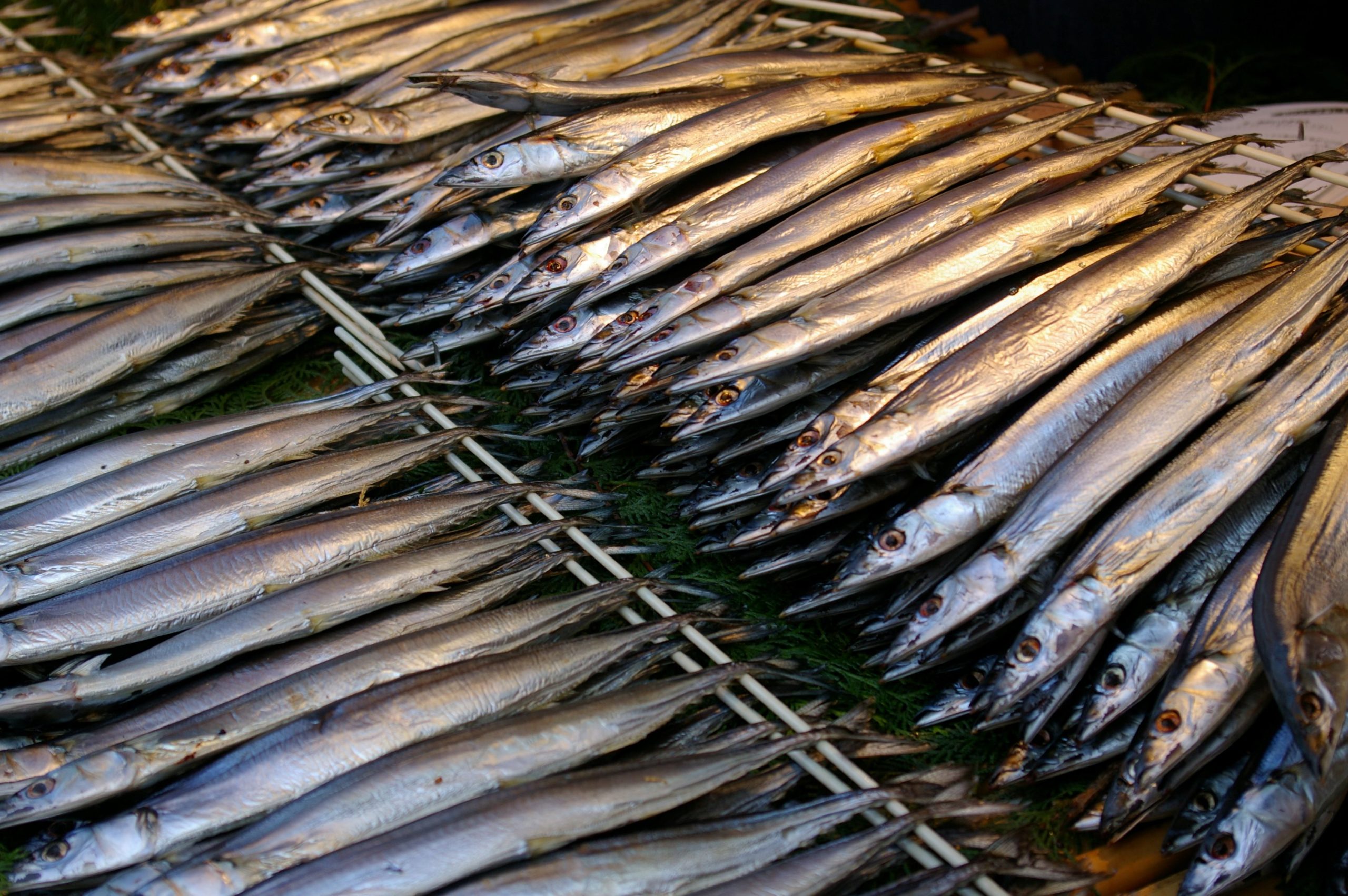April 3, 2024

Small pelagic fishes, like sauries, mackerels and sardines, are sought after as important sources of fish oil and food for both humans and domestic animals. They also play a critical role in the well-being of their ecosystems as prey for a variety of species, including commercially important tunas and billfish.
These so-called forage fishes also share characteristics that pose unique challenges for fisheries managers trying to maintain their stocks at healthy levels: being short-lived, fast-growing and more susceptible to changes in their environment. These characteristics can lead to boom-and-bust cycles for some small pelagic fishes.
The bottom line is that traditional fisheries management can struggle to reduce fishing pressure quickly enough when necessary to avoid crashes of these stocks.
Avoiding such a dire situation is one reason the management procedure (MP) approach increasingly is being applied to the management of small pelagic fishes. The South African anchovy and sardine fishery was one of the first small pelagic fisheries to be managed through an MP, having been first implemented in 1994. Although in more recent years, declarations of exceptional circumstances have triggered temporary suspensions of the MPs, the management procedure approach is credited with the setting of catch levels without long and contentious debates. More recently and to the north, the mostly French- and Spanish- fished Bay of Biscay anchovy population collapsed in 2005. Development of a management procedure is credited with rebuilding the population while allowing an economically viable fishery.
By setting rules for fisheries management in advance and testing those rules against a range of plausible scenarios, fisheries managers can set up a system that has the potential to react quickly when changes in stock size are detected.
Although MPs, also called harvest strategies, have been more widely adopted in tuna fisheries, starting with southern bluefin tuna, they can be just as useful in maintaining stocks of small pelagic fishes. Management procedures are being developed for small pelagic fishes across the Pacific.
Members of the South Pacific Regional Fisheries Management Organisation (SPRFMO) are developing operating models to support management strategy evaluation (MSE) of jack mackerel, the RFMO’s most important finfish resource. Although development of the management procedure has been underway for some time, substantial progress is possible this year. It is critical for members to start suggesting options for MPs, including harvest control rules for testing.
In the north Pacific, the North Pacific Fisheries Commission (NPFC) is scheduled to take a significant step forward at its annual meeting that begins April 15. It is scheduled to adopt an interim harvest control rule that prioritizes the recovery of Pacific saury, which has been overfished for years.
A dialogue group of scientists, managers and stakeholders narrowed a range of options to four that have been simulation tested. All are predicted to recover the stock to BMSY within the time frame desired. Japan has proposed amending the Pacific saury conservation and management measure to implement the management objectives and HCR form agreed from the dialogue group. One consideration, however, will be the degree to which the HCR can adjust catch from year to year. The options included a constraint on the maximum allowable change in catch from year to year of 10, 20 and 40 percent, plus a fourth option that avoids a catch reduction in year one of the HCR and then allows the HCR to set catch levels without a stability constraint being applied. Members will decide on those elements at their Commission meeting this month.
Tightly constraining the allowable change in catch (i.e., the 10% option) brings greater interannual stability to the fishery but delays rebuilding and reduces the ability of the HCR to reduce or increase catch levels in response to changes in the biomass of saury, which potentially allows catch to remain above sustainable levels if the biomass declines.
Importantly, once NPFC adopts an interim HCR later this month, it must continue its work to develop a full, MSE -tested management procedure that includes longer-term objectives for the stock and considers the species’s critical role in the ecosystem.
It’s refreshing to see NPFC, a young RFMO, making relatively quick progress to improve the collective management of this important small pelagic fish, and hopefully many other NPFC stocks in the future. In contrast, a handful of others, such as the North-East Atlantic Fisheries Commission (NEAFC), should take note that they are quickly falling behind the likes of NPFC, where the use of a dialogue group facilitated agreement on shared objectives and a commitment to the management procedure approach has resulted in progress. In NEAFC, the principal challenge for similar progress appears not to be with the science but firmly in the hands of fisheries managers and decision-makers who are frozen by allocation disputes, lumbered by inefficient governance systems, and stuck with the traditional short-term fisheries management approaches.
NPFC and SPRFMO are proof that progress can be made in the development of MPs for internationally managed small pelagic fisheries. All it takes is willpower, time and investment. In April, we hope NPFC secures its first interim HCR that will recover saury, pave the way for a full management procedure and demonstrate to the other RFMOs that NPFC is in business and ready to lead from the front. And we hope that the other RFMOs take note.